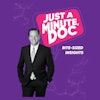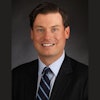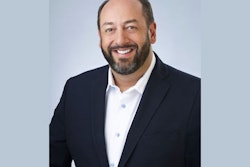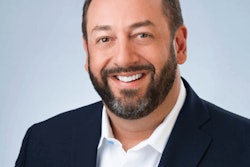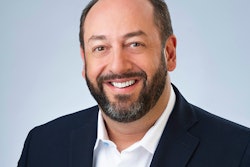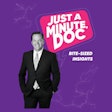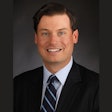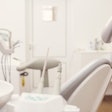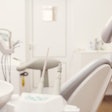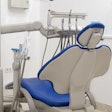Dental emergencies don’t wait for standard dental office hours, and neither do patient expectations.
But the pressure to always be available can take a toll on dental teams, especially at dental groups and dental service organizations (DSOs) tasked with maintaining consistent, high-quality care across multiple locations.
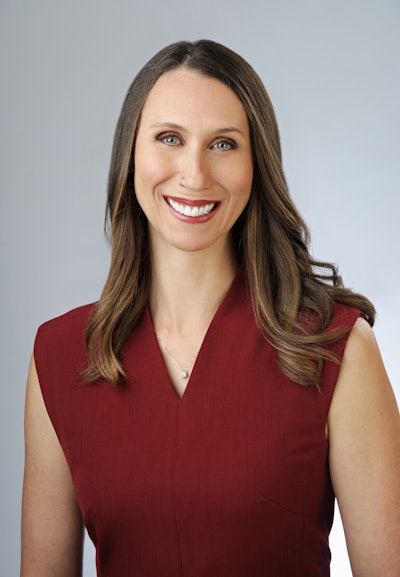 Eden Ivie, RDH.
Eden Ivie, RDH.
Part of the answer is adopting a teledentistry-powered virtual-first dental care platform such as Dentistry.One that addresses after-hours emergencies while simultaneously improving the work-life balance for a DSO’s clinical and administrative teams.
By redirecting urgent dental needs to licensed providers available 24/7 through a virtual dental care platform, DSOs and dental groups can not only enhance patient care but also support the emotional and professional well-being of their teams.
Why after-hours care can lead to burnout
Emergency dental visits often spike at night, weekends, and holidays. When DSOs lack dedicated support for these cases, dental teams feel the pressure; they're required to manage unscheduled calls, accommodate emergency walk-ins, or field patients who originally visited costly and inefficient hospital emergency rooms.
The result? Overextended teams, eroded morale, and staff turnover.
How virtual-first dental care platforms provide relief
Arrow Dental, with nine offices and a mobile clinic serving Medicaid and private patients across Oregon, recently partnered with Dentistry.One to provide their patients with improved access to emergency dental care without burdening their existing teams.
Through virtual consultations, Arrow patients can now connect with a virtual network of licensed dentists who evaluate conditions, prescribe medications, and coordinate follow-up appointments at the closest Arrow Dental location when necessary.
This virtual care model allows Arrow’s dental professionals to fully disconnect after hours, knowing their patients are still supported. In turn, this predictability and protection of personal time contribute to higher job satisfaction, a lower risk of burnout, and improved staff retention.
Virtual urgent care that elevates the entire DSO ecosystem
Implementing a virtual care model enhances the employee experience and organizational outcomes in four beneficial ways.
Protected staff downtime
Covering nights, weekends, and holidays virtually removes the need for providers to be on call or extend their hours to address urgent cases. This contributes directly to a better work-life balance, a top priority among today’s dental workforce.
Reduced in-office interruptions
Without the disruption of last-minute emergency visits, dental teams can stay focused on planned care. Clinicians begin each day with a predictable, balanced schedule, thus enhancing morale and productivity.
Peace of mind
Knowing patients are being cared for, even when the office is closed, alleviates stress and reinforces the clinician's sense of purpose and impact without compromising their personal time.
Employee loyalty and longevity
Work environments that respect boundaries and support well-being are key drivers of retention and employee job satisfaction. Virtual dental care platforms help dental groups like Arrow Dental become employers of choice in a competitive talent landscape.
A case study in workforce-centered innovation: Arrow Dental
Aimee Wynn, director of operations at Arrow Dental, shared the positive impact of the Dentistry.One partnership: "Dentistry.One is improving dental care accessibility for Oregon Medicaid patients and others we serve, especially during emergencies. But just as importantly, it supports our associates, who can now rest easy knowing their patients are being cared for around the clock."
This dual benefit, better care for patients and better conditions for providers, positions Arrow Dental as a forward-thinking leader among dental groups.
Why more dental groups could follow Arrow Dental’s lead
As teledentistry-powered virtual dental care continues to prove its value, dental groups, DSOs, and private practices nationwide are exploring its benefits not just as a clinical tool but as a strategic solution to workforce challenges. Teledentistry technology helps reduce avoidable ER visits, improve patient satisfaction, lower care costs, and strengthen provider loyalty.
According to Dentistry.One Founder and CEO Brant Herman, "With a strong level of acceptance of telehealth among patients, expectations for convenience from their providers and the staffing challenges and pressure facing practices and groups, virtual-first dental care is becoming a win-win standard for DSOs and dental groups seeking sustainable growth and employee retention."
Conclusion: Happier patients, healthier teams
In an era where both patient expectations and workforce pressures are higher than ever, virtual care platforms help DSOs, dental groups, and individual practices alike meet both challenges head-on. By partnering with a virtual-first platform provider, organizations like Arrow Dental are showing that excellent emergency care and employee well-being are not mutually exclusive, they’re mutually reinforcing.
Eden Ivie, RDH, has been practicing clinical dental hygiene since graduating from San Juan College in Farmington, NM, in 2004. She earned her Bachelor of Science in Dental Hygiene from Northern Arizona University in 2018. She used her Public Health Dental Hygiene Practitioner license to provide preventive care for children in public health settings using teledentistry technologies. She is currently the director of client success for MouthWatch and its virtual first dental care subsidiary Dentistry.One. Ivie can be reached at [email protected].
The comments and observations expressed herein do not necessarily reflect the opinions of DrBicuspid.com, nor should they be construed as an endorsement or admonishment of any particular idea, vendor, or organization.

